News
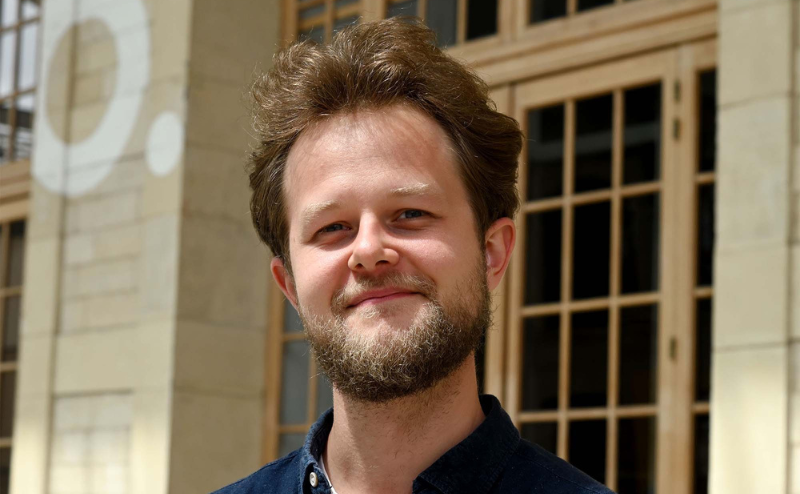
Samuel Lepoil, co-founder of Tamanoir studio
In 2017, Samuel Lepoil co-founded Tamanoir, an immersive experience creation studio, just after graduating from his Mastère Spécialisé Designer d'expérience interactive et ludique - Cnam-Enjmin / GOBELINS Paris.A specialist in VR writing, her work brings together theater and virtual reality.
What is Tamanoir?
It's a studio that creates immersive experiences in which the spectator is at the center of the universe.
We specialize in the encounter between immersive technologies and the performing arts. My background is in theater and scriptwriting, and my partner Rémi Large, the producer of Tamanoir studio, is a former dancer. We wanted to bring stories to life for spectators, rather than simply telling them.
We're currently creating an experience with headphones for theParis Opera. We've been working with this format for 2 years, and we're continuing to explore it, telling lots of different stories. The principle is simple: the audience obeys instructions given to them via headphones, to create a giant choreography. One spectator will hear "raise your hand", and elsewhere in the room another will hear "stand up", creating the illusion that it's the first person who's behind the movement.
This form led to a project called Les Naufragés, currently on tour; a new project with the Paris Opera, due for release in June; a project with the Hong Kong Festival of the Living Arts, the world's biggest performing arts festival, due for release in March; and a project in Canada, co-produced with the Canadian company Art et Essai, also due for release in June.
Sound is a material that allows us to experiment a great deal at low cost, and to enhance interactivity while reconciling ecology and accessibility (VR was very polluting and very costly for the user), two values we hold dear.
We intend to continue with this policy of formats, creating a new type of experience every two or three years, to be rolled out in different locations.
You create and stage immersive experiences and plays. How would you define your job?
We are a small company with 4 permanent staff. In addition, we occasionally take on interns and freelancers, including Alice Lepetit, who was in my class at GOBELINS. Projects can involve up to 10 or 15 people, and my role is to coordinate all the positions to ensure the overall coherence of the project.
I also wear a second hat as aninteractive artist. The French new media scene is very auteurist, and the funds allocated to non-gamified interactive creation come from the cinema and audiovisual sectors. As their operations are very much based on the notion of the author, our initial organization often put us at the service of someone else's project, presenting ourselves as the author.
However, after three years, it was clear that without presenting oneself as an author, it was difficult to initiate a project and set up one's own working methods. So I created Böme, an author figure, to enable us to carry our own projects and bring them together under the same name, so as to create a filiation between experiences.
How did you get the idea and desire to combine theater with virtual reality (first with The Roaming in 2018, then Calamity Jane in 2020)?
It's something I was working on even before I came to GOBELINS. I went to school with a view to developing this idea. I followed a very classical curriculum of hypokhâgne, khâgne during which I studied artistic genres, which led me to ask myself the question of the next genre.
I wasn't a game player, nor was I very interested in new technologies, but I was interested in virtual reality from that angle. I was a bachelor when I discovered the specialized master's program, so I went on to do a master's in interactive writing, which was the perfect link between literature and interaction.
At the same time, I did some theater and discovered the Cartoucherie de Vincennes and Ariane Mnouchkine. I found her concept very interesting (founded in the 1980s, the Cartoucherie is a place where the audience can wander among the actors before the performance) and I wanted to create an interactive Cartoucherie. This was the project I presented to the GOBELINS admissions jury.
The first VR headsets arrived that year, and I'd imagined a system of projections, with avatars. When you put on a headset, you're projected into a virtual universe, but your body is still involved, so for me it's the perfect junction between interaction and embodiment, the presence you can have in the theater. Naturally, I continued in this vein with Tamanoir. For me, it's the continuation of this interactive cartoucherie project to use both virtual reality and the spectator's body to build a narrative.

The castaways
How has your training helped you with your project?
The most striking aspect of my training at Gobelins was working in iteration (rehearsal). When I try to explain our work, I always say that interactivity is about staging the spectator, how we get him to take his place in the story. It's as if we were sculpting the crowd. Thanks to iteration, we'll give an initial framework and the audience will act in a certain way, then we'll change a few parameters and the audience will react differently, and so on.
I've also made some very strong work contacts and friendships as a result of this training. Whatever our project, there's always someone from Gobelins who's done it before or who's in the same sector, and that's great.
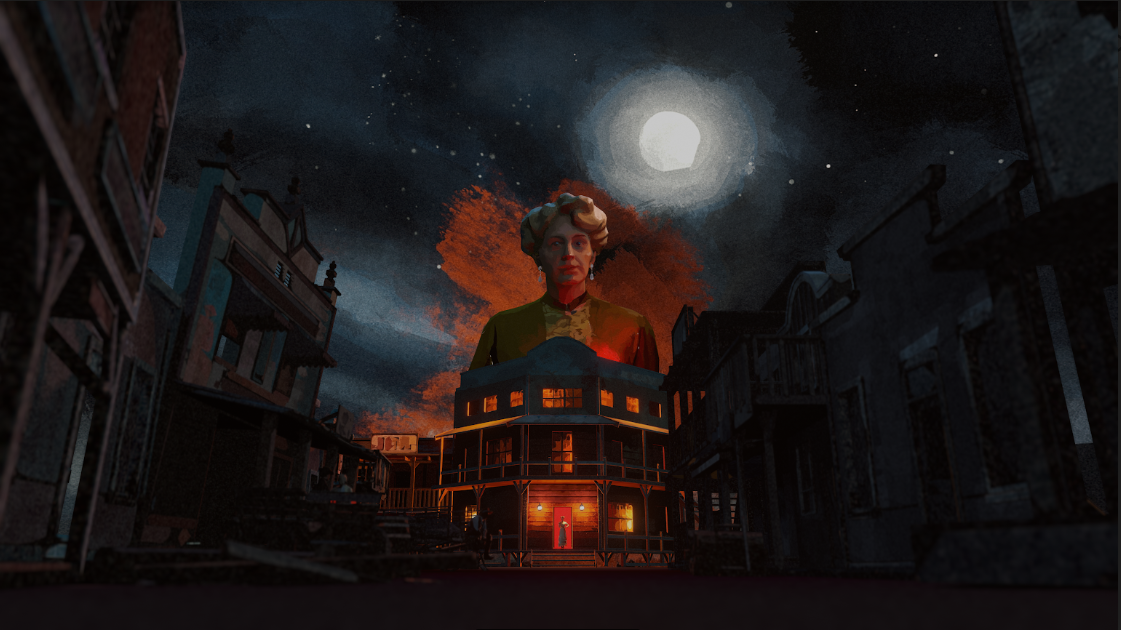
Call me Calamity
What project are you currently working on?
I'm working on a project called Spéranza: Robinson's legacy. The island where Robinson Crusoe was stranded is called Speranza. The experience will take place under a dome, rather like the one at La Villette. Spectators will be invited to make the same journey as Robinson, accompanied by an abstract, interactive representation of the island that reacts to the group's movements.
Do you have any future plans for the studio?
The studio will continue to grow, but not enormously. Since most of our creations are experimental, we can't afford to have more than 10 employees at the studio. Our idea, on a small scale, is to develop proprietary technologies to push forward certain ideas that existing equipment doesn't allow.
We want to make our experiments as accessible as possible. We've begun to invest in the theater circuit and a little in contemporary art museums, and we'd like to take our art out into the street, into more surprising places, by doing a lot of teaching about what interactivity is.
We're going to continue working on interaction design, thinking in terms of total sensory experiences, with, for example, a system that allows you to link a sound to a flavor, a smell to an image... without necessarily having to use big machines.
Since the studio was founded, we've also had plans toopen Tamanoir in Canada. Canada and France are superb synergies for interaction design, and there's a lot going on in Quebec. It's a strength to have a foot in both places.
What advice would you give to a recent graduate?
I'm a firm believer that interactivity is still an uncharted territory, and that we mustn't put ourselves in boxes and censor ourselves in order to remain "employable". People love multi-tasking, so you have to make the most of it.
For me, interactivity has been like a prism that has enabled me to develop many other aspects of my knowledge of interactive design. You have to try to understand yourself, to see how your different passions can interconnect, and that's what's going to create your own style, your own uniqueness, and make you a unique element that you're going to want to use.
Interview by Sophie Jean
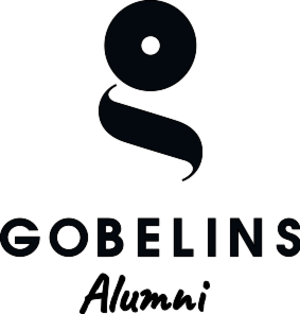









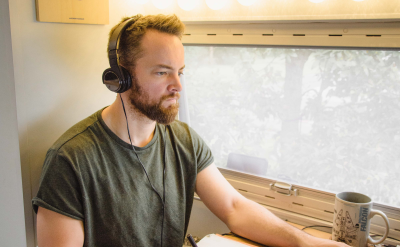
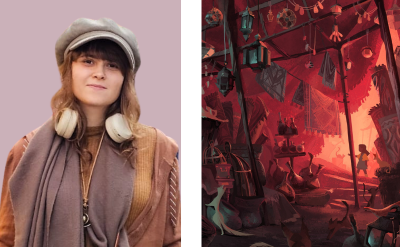

No comment
Log in to post comment. Log in.